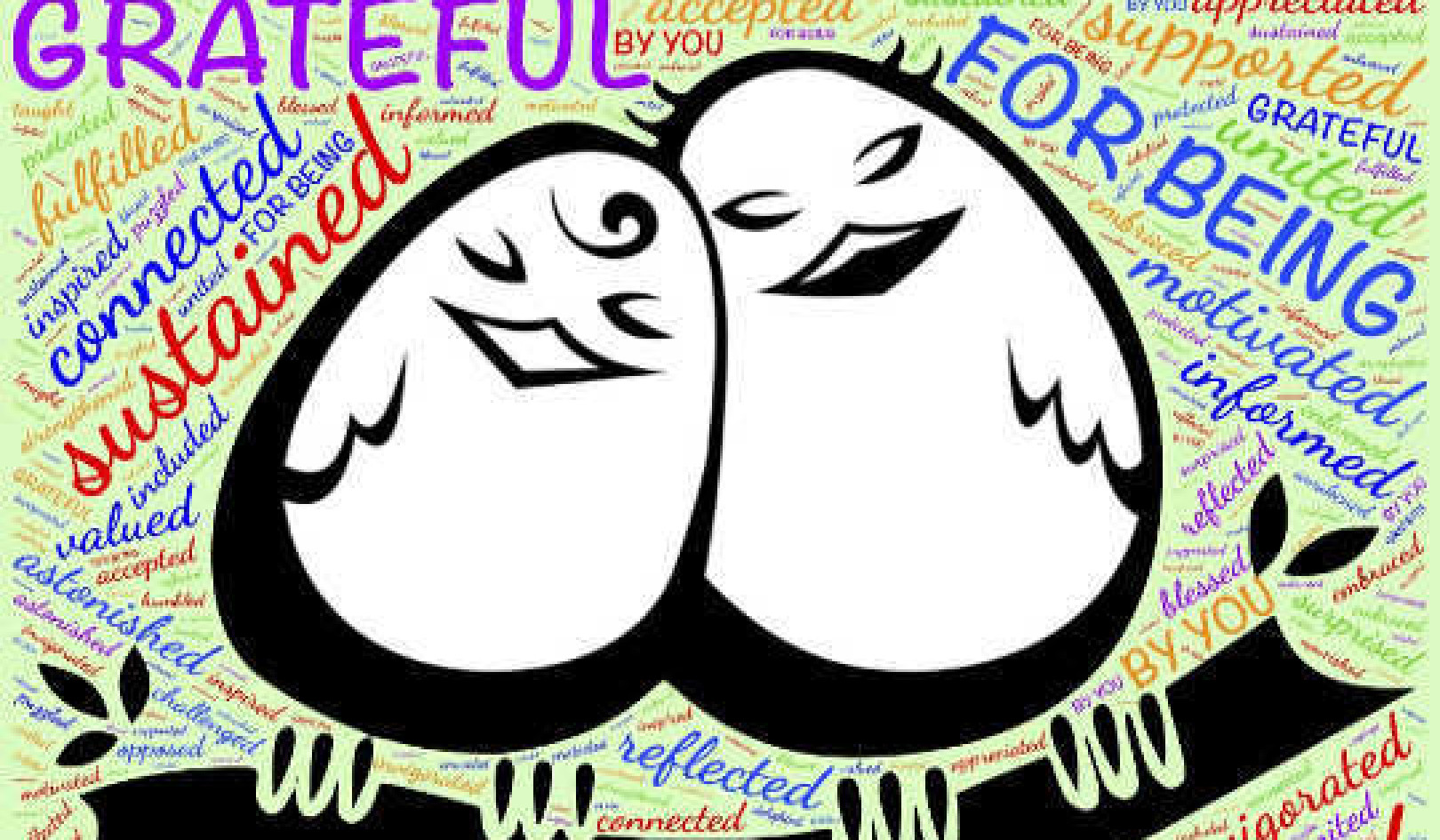 Happy days. fizkes/Shutterstock
Happy days. fizkes/Shutterstock
Two siblings are playing on the living room floor. The girl, aged six, looks at her brother, and smiling, sings: “A, B, C, D, E, F – R!” Her older brother, aged seven, grins and joins in with: “H, I, J, K, L, M, N, O, PEE! Get it? Pee! Pee-pee!” Both fall about laughing.
You may remember similar silly exchanges with your own brother or sister when you were growing up. Research has shown that sibling relationships play an important role in child development. It is one of the most enduring relationships and is characterised by closeness, cooperation, conflict and play. Now our research has taken us a step closer to finding out just how important sharing humour with a sibling may be.
Humour is a universal part of the human experience. But although it has long been of interest to philosophers and psychologists, relatively few studies have explored the types of humour young children produce in their close relationships.
From the research that has been done, we know that from a young age, children take delight in unexpected or surprising events. In infancy, they are amused by peekaboo and clowning around with their caregivers. As toddlers, children demonstrate an increasingly advanced and varied repertoire of humorous incongruities (a conflict between what is expected and an absurd reality). They misuse and mislabel objects, play with sound, push the rules, and playfully tease others. Beyond the preschool years, children begin to play with words in more complex ways. They make up and tell riddles and jokes (with punchlines of varying success).
Researchers have proposed that the production of humour involves considerable cognitive and social skill. Telling a successful joke requires language skills and timing, the ability to understand the minds and emotions of others (or, having a theory of mind), being able to think in creative and fast-paced ways.
But we don’t tell jokes and do funny things just to make people smile – the production of humour is thought to serve many important functions. Not only does it make us laugh, but it also promotes friendships, relieves tension, and helps us cope with stress and anxiety. So it is surprising that so little work has focused on humour within one of the most important childhood relationships, between siblings.
Oh brother!
Moments of comedy and absurdity are a part of day-to-day life for many families. In psychologist Judy Dunn’s observations of early sibling interactions, children particularly enjoyed humorous play with forbidden and disgusting themes (or “bathroom humour”). Just as the sibling relationship can be thought of as a training ground for crucial social skills such as negotiating and managing play and conflict, its permanency enables children to explore the boundaries of what each other may (and may not) find funny without jeopardising the relationship.
In our recent observational study, published in the British Journal of Developmental Psychology, we identified different types of humour produced by a group of seven-year-olds as they played with their older or younger sibling. We found that spontaneous humour was very common in the children’s play with their siblings. It was often good-natured, repetitive and well-rehearsed, reflecting their shared experiences and sibling bonds.
The siblings produced a wide variety of different types of humour. Children most often played with words (such as nonsense speech, riddles, and making up absurd stories) and sounds (chanting, over-exaggerated singing and silly voices). They also performed and described incongruities (deliberately making objects perform wrong actions), shared taboo themes (blowing raspberries and making rude noises), engaged in banter (light-hearted and playful teasing and rough and tumble), and clowned around (silly poses, body movements, and pulling faces) to make their siblings laugh.
We also found that when the seven-year-olds with a younger sibling played together, as a pair they produced more humorous sound play (such as shouting in high-pitched voices: “Eww! I’ve been slimed!”) than the seven-year-olds with an older sibling. According to other researchers, as soon as children learn about new rules, they have fun exaggerating and distorting them. It is possible that the younger sibling pairs were enjoying playing around with newly learned rules and conventions about sound in conversation.
 Joking around. AJP/Shutterstock
Joking around. AJP/Shutterstock
Male sibling pairs produced more humour than female sibling pairs overall, performing more incongruities than mixed gender and female pairs (“I’ll let you in on a little secret. I have cheese in my pocket!”). Pairs of brothers used more taboo humour (“Fart? Does it fart?”) and clowned around – we saw a lot of silly dancing – more often than sister pairs too.
By identifying these differences in humour between siblings, we are one step closer to understanding the role and function of shared humour in children’s closest relationships. That said, much more work is needed to discover exactly what humour production means for the development of social and cognitive skills, learning, and psychological well-being in childhood.![]()
About The Author
Amy Paine, Postdoctoral Researcher in Developmental Psychology, Cardiff University
This article is republished from The Conversation under a Creative Commons license. Read the original article.
Related Books
at InnerSelf Market and Amazon


























